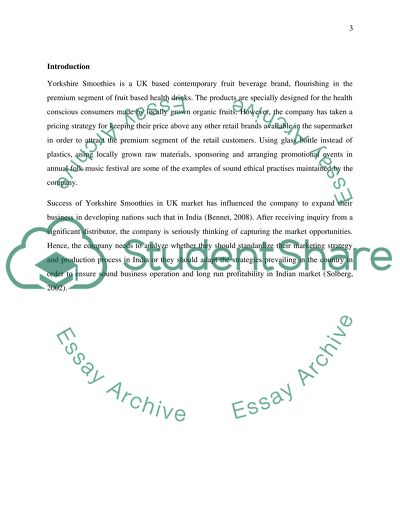Cite this document
(“Recommendations of marketing approach for Yorkshire Smoothies 2035 Essay”, n.d.)
Recommendations of marketing approach for Yorkshire Smoothies 2035 Essay. Retrieved from https://studentshare.org/marketing/1670283-recommendations-of-marketing-approach-for-yorkshire-smoothies-2035
Recommendations of marketing approach for Yorkshire Smoothies 2035 Essay. Retrieved from https://studentshare.org/marketing/1670283-recommendations-of-marketing-approach-for-yorkshire-smoothies-2035
(Recommendations of Marketing Approach for Yorkshire Smoothies 2035 Essay)
Recommendations of Marketing Approach for Yorkshire Smoothies 2035 Essay. https://studentshare.org/marketing/1670283-recommendations-of-marketing-approach-for-yorkshire-smoothies-2035.
Recommendations of Marketing Approach for Yorkshire Smoothies 2035 Essay. https://studentshare.org/marketing/1670283-recommendations-of-marketing-approach-for-yorkshire-smoothies-2035.
“Recommendations of Marketing Approach for Yorkshire Smoothies 2035 Essay”, n.d. https://studentshare.org/marketing/1670283-recommendations-of-marketing-approach-for-yorkshire-smoothies-2035.


